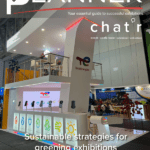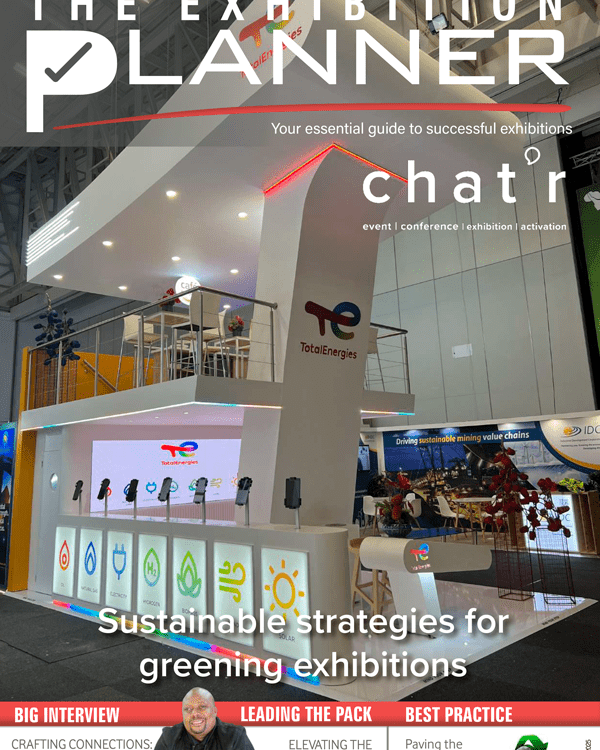
The Exhibition Planner 2024
30 July 2024The design of your retail store layout plays a crucial role in shaping customer interactions and driving business outcomes. A well-planned layout guides shoppers seamlessly through your store, promotes product exploration, and ultimately increases sales.
Whether you’re launching a new store or revamping an existing one, consider these pivotal factors:
Understanding Your Customer Base:
Tailor your store layout to match the shopping behaviours of your customers. Analyse demographic and psychographic data to determine preferences like browsing pace and product selection. This understanding informs decisions on layout design that resonate best with your clientele.
Adapting to Store Size and Structure:
The physical dimensions of your store—its size, shape, and architectural features—directly influence the layout strategy. Larger spaces often benefit from structured grid layouts to showcase diverse products, while smaller spaces thrive with open, free-flow designs that encourage exploration.
Strategic Product Placement:
Where products are positioned within your store is critical. Place high-demand items strategically to guide customers past other merchandise. Include custom plinths, custom showcases,slatwalls, and spray paint finishes Highlight new or seasonal products in high-visibility areas such as entrances or end caps to maximize exposure and sales potential.
Enhancing Navigation Experience:
Ensure your store is easy to navigate with clear signage, logical product groupings, and unobstructed aisles. Smooth traffic flow enhances the shopping experience, making it comfortable for customers to move around and find what they need effortlessly.
Optimizing the Checkout Zone:
The checkout area isn’t just for transactions; it’s a prime opportunity for additional sales. Design a spacious, well-organized checkout space that accommodates impulse purchases. This approach can enhance customer satisfaction and increase average transaction values.
Embracing Flexibility:
Given the dynamic nature of retail, your store layout should be adaptable. Create a flexible design that can easily accommodate seasonal changes, new product launches, or shifts in consumer preferences. This adaptability ensures your store remains relevant and appealing over time.
In Conclusion:
The design, and layout of your retail store is instrumental in shaping its success. By focusing on customer behaviours, adapting to spatial constraints, strategically placing products, enhancing navigation, optimizing checkout areas, and embracing flexibility, you can create a layout that elevates the shopping experience and drives sales.
Investing in professional expertise for your exhibition design company ensures a thoughtful approach that blends science, art, and customer understanding. With strategic planning and execution, your store design, shopfitting layout becomes a potent tool for achieving retail success.





